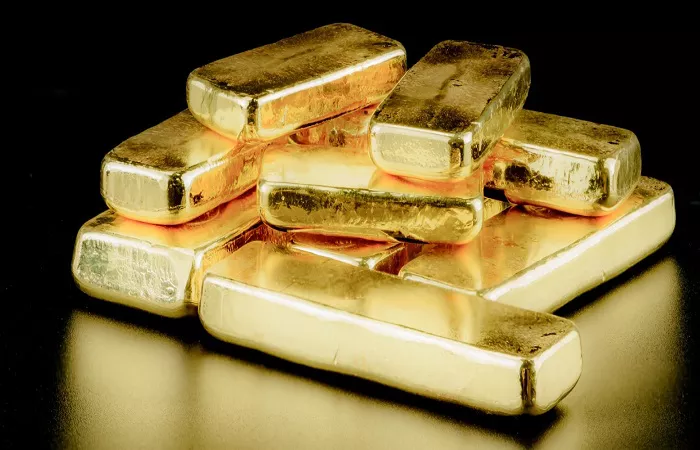Gold prices in India have been on a steady rise in recent months, recently reaching record highs, driven by global economic factors such as US-China trade tensions, a weakening US dollar, and an increased appetite for safe-haven assets. In the second half of April, domestic gold prices surpassed the critical threshold of INR 100,000 ($1,174) per 10 grams. India remains one of the world’s largest consumers of gold.
Since December 2024, gold prices have surged by INR 20,850 per 10 grams, marking a 26% increase. A significant portion of this rally has occurred since early April, when the US administration’s announcement of new tariffs escalated global market uncertainty, according to Moneycontrol.
Though prices in India have softened somewhat following China’s exploration of exempting certain US imports from its 125% tariffs, they remain elevated. US President Donald Trump has also stated that trade talks with China are ongoing, though Beijing has denied any discussions.
Despite the recent price spike, the surge is expected to affect sales volumes of gold jewellery. A report by Crisil Ratings predicts that the jump in gold prices to record levels may reduce sales volumes for organised gold jewellery retailers by 9-11% in fiscal year 2026. However, with higher gold prices, the revenue from each sale is expected to increase significantly, with revenues projected to rise by 13-15%.
This follows a period of robust revenue growth, with the industry having expanded 2.5 times since fiscal 2021. However, volume growth has been sluggish as consumers have opted to purchase smaller quantities due to budget constraints stemming from higher prices, as noted in the Crisil report.
In response, retailers are turning to promotions and discounts, especially in Tier 2 and 3 cities, to boost sales. While this approach raises costs, the sale of jewellery at prices above the purchase and making charges is expected to drive operating profitability higher by 30-40 basis points year-on-year, supported by inventory gains.
The rise in gold prices is also anticipated to increase working capital borrowings to fund inventory for both existing and new stores. However, the leverage will remain manageable, and the debt protection metrics are expected to remain healthy, thereby supporting the credit profiles of organised retailers, Crisil Ratings stated.
An analysis of 60 gold jewellery retailers, representing about a third of the organised sector’s revenue, reveals that the soaring gold prices led to a 4-5% decline in volumes in fiscal 2025, with prices increasing by nearly 25% year-on-year. As of mid-April 2025, prices are already about 20% higher than the fiscal 2025 average.
Crisil’s report suggests that even a modest 4-5% price increase from current levels would result in average prices being 22-24% higher year-on-year in fiscal 2026.
Himank Sharma, Director at Crisil Ratings, noted that the price increase occurred just before the start of the festive and marriage seasons in early April 2025, which limited its immediate effect on retail demand. However, with consumer budgets remaining constant, a reduction in caratage and grammage is expected, impacting volumes. Demand is expected to remain relatively supported by last year’s import duty cuts, Sharma added.
Structural reforms such as the Goods and Services Tax (GST) and mandatory hallmarking by the Bureau of Indian Standards have continued to drive customers toward organised players, sustaining revenue growth momentum. Higher gold prices are expected to propel another year of double-digit revenue growth.
The impact of higher gold prices on the industry is twofold. Jewellery sold at higher prices than purchase costs is expected to lead to inventory gains of 20-30 basis points, pushing operating margins closer to their seven-year average of 7.8-8% in fiscal 2026. However, the increased cost of replenishing inventory and stocking new stores is likely to raise debt levels. Still, the combination of improved revenues and profitability is expected to support cash flow for expansion.
Despite the increase in debt, the capital structure of organised jewellery retailers is expected to remain sound. Stronger revenues and operating margins will support debt metrics, with median interest coverage projected to stay robust at over six times in fiscal 2026, according to Gaurav Arora, Associate Director at Crisil Ratings.
The report also highlighted that any significant volatility in gold prices, changes in government regulations or import duties, and shifts in consumer sentiment will be key factors to watch in the coming months.
Related topics:
- India Surpasses China in Gold Purchases, Buying 51% More in Three Months
- Qilu Bank Enhances Support for Small Businesses with Innovative Financial Tools
- Bitcoin Poised for a Surge Amid Gold’s Delivery Delays, Expert Claims


